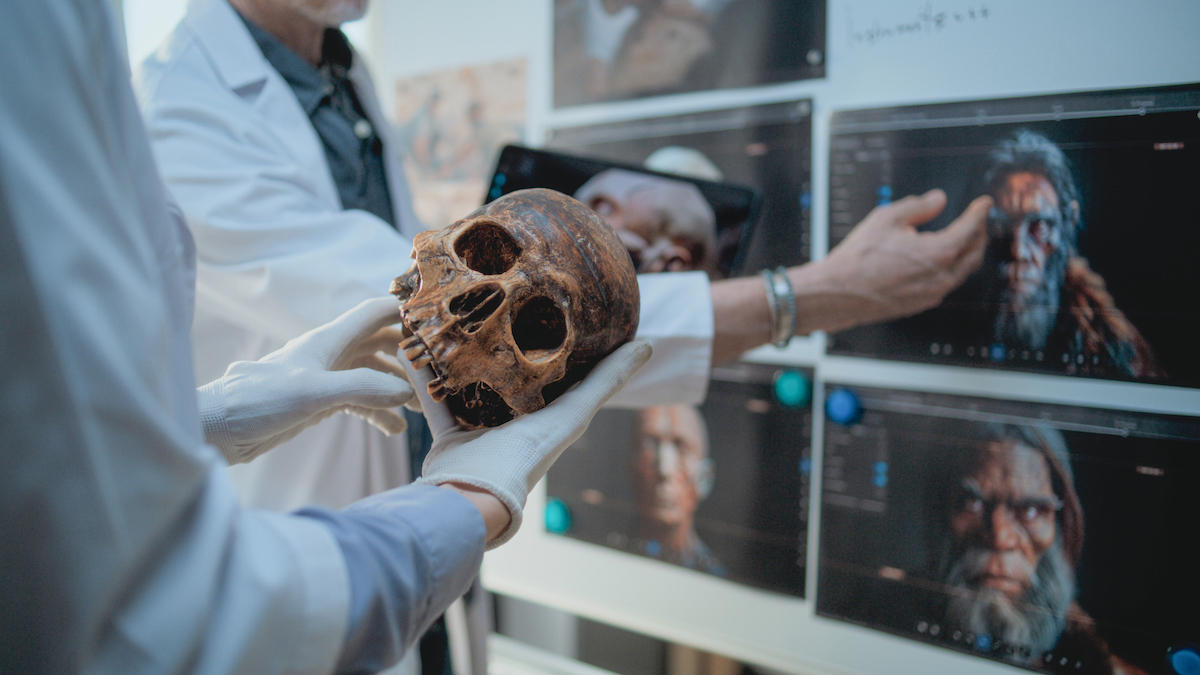Lead is often thought of as a modern toxin, but a new study has found that it’s been haunting us and our ancestors for almost 2 million years. Stranger still, exposure could actually have given humans an edge over our closest relatives.
An…

Lead is often thought of as a modern toxin, but a new study has found that it’s been haunting us and our ancestors for almost 2 million years. Stranger still, exposure could actually have given humans an edge over our closest relatives.
An…
This request seems a bit unusual, so we need to confirm that you’re human. Please press and hold the button until it turns completely green. Thank you for your cooperation!

Ripples in spacetime from both the merger of supermassive black holes and from the Big Bang can potentially be distinguished by the “beats” one of them plays, a new study suggests.
During the moment of the Big Bang, “quantum fluctuations” in the…

When you buy through links on our articles, Future and its syndication partners may earn a commission.
The pulsar at the heart of the Crab Nebula is one of many pulsars being monitored by timing arrays that are searching for gravitational waves. |…

Computational neuroscientist and singer/songwriter Kimaya (Kimy) Lecamwasam, who also plays electric bass and guitar, says music has been a core part of her life for as long as she can remember. She grew up in a musical…